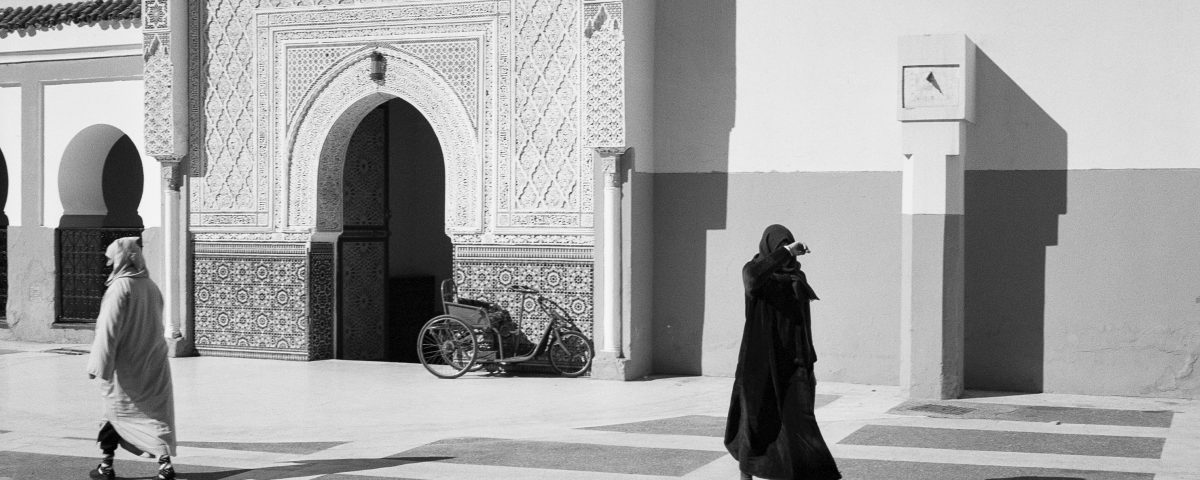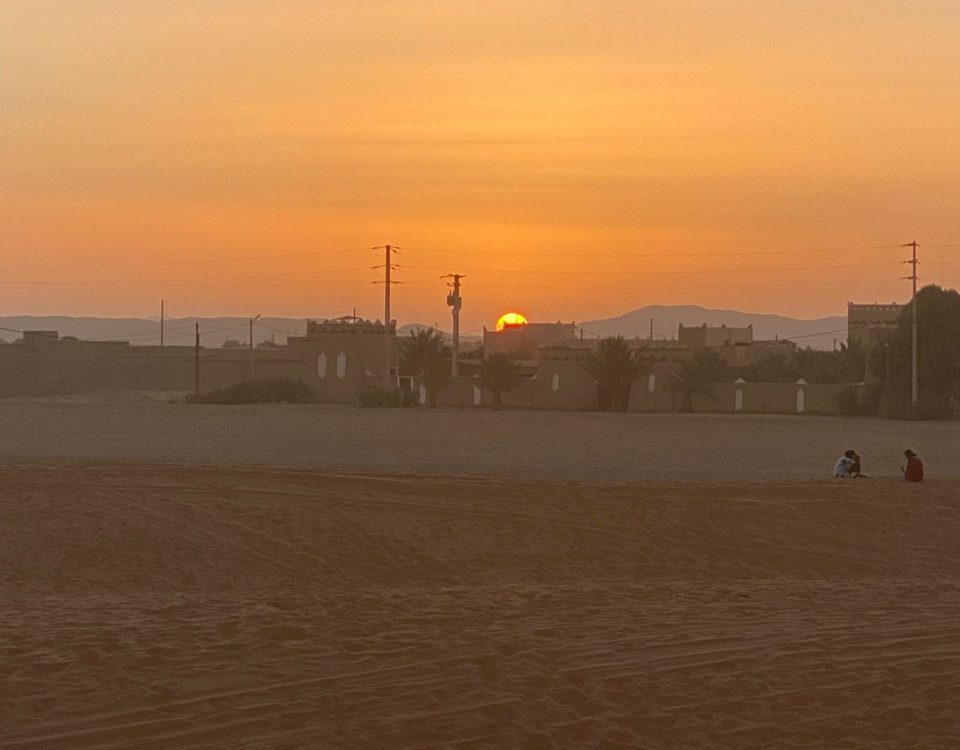Feasts in Morocco

Travel in Morocco
January 15, 2022
Morocco beaches
January 25, 2022Feasts in Morocco

FEASTS
There are many feasts in Morocco throughout the year and many festivals attributed to the Islamic religion. There are also some months that are considered sacred months.
First of all, there is a most heartfelt feast, which is called the feast of “Fetr”, which is celebrated at the end of Ramadan. A period in which Muslims remain without drinking and eating all day from dawn to dusk, for 30 days. Then when the feast of “Fetr” is celebrated, daily life returns to normal.
There is another equally important festival called the festival of “Adha”, which is the sacrifice of the goat; each family celebrates with a goat. Two months after the festival of “Adha” there is a day in which the birth of the prophet Muhammad is celebrated. This festival is similar to Christmas because, in that period, children are given toys. This period is called “Ashura”.
Other Festivals:
There are other festivals, which are not important from the religious point of view. For example, there is the festival of “zam-zam” (in the English alphabet there is no sound that exactly translates the Arabic word) which takes place on the 20th of the month of Shaban. This feast is linked to a Moroccan legend: the legend says that a prophet when he was small and was with his mother in the desert, having no water, started to crawl out of the tent. After a while, he started to dig with his little hands in the sand and, from that small hole, water began to flow. The mother arrived and began to quench her thirst and wash herself together with the child. At that very moment, a caravan was passing by that hadn’t drunk much for days. They too began to drink and drink and wash their faces.
After some time the water became too much, so they all started shouting telling the water to stop, saying these words “zam-zam”, which meant “stop-stop”, but the water did not stop. This place is called “zam-zam” and is in the desert near the city of Medina (in Saudi Arabia) where Muhammad’s tomb is located and, to this day, continues to quench the thirst of the caravans that pass through there. So, to commemorate this event, on the 20th. It is customary to spray oneself all morning pretending it is the miraculous water.
THE KITCHEN
In Feast in Morocco people eat Moroccan cuisine which has as its base dishes characterized by a concentration of various flavours ranging from salty. In a single dish, it is possible to find meat and vegetables, also candied with sugar. Spices are used extensively in Moroccan food and are:
cinnamon, cumin, turmeric, ginger, black pepper, paprika, aniseed, sesame seeds, coriander, saffron. Common herbs include mint and parsley.
Along the coast, it is possible to taste both crustaceans, such as lobster, lobster and prawns, and other types of fish, such as sardines and soles. In every street, it is easy to run into sellers of prickly pears and dates.
A typical dish
The TAJINE
a stewed meat dish contained in a traditional earthenware dish, is often glazed or decorated and is composed of 2 parts: a flat and circular lower part with low edges, and a conical upper part that is placed on the plate during cooking in feasts in Morocco.
The COUSCOUS
consisting of agglomerates or grains of semolina cooked in steam is accompanied by stewed meat and boiled vegetables.
PASTILA
is a famous chicken or fish cake from Morocco: a light crunchy shell called “Warqa” hides the tasty saffron chicken.
HARIRA
is a traditional soup that is generally prepared during the period of Ramadan. On the occasion of celebrations such as weddings.
The feasts in Morocco also use Almonds, honey and sugar are the basis of Moroccan sweets. The typical sweets are the “gazelle horns” where the almond paste mixes with the scent of orange blossoms.
The typical Moroccan drink is mint tea which also has its own typical ritual of preparation.



